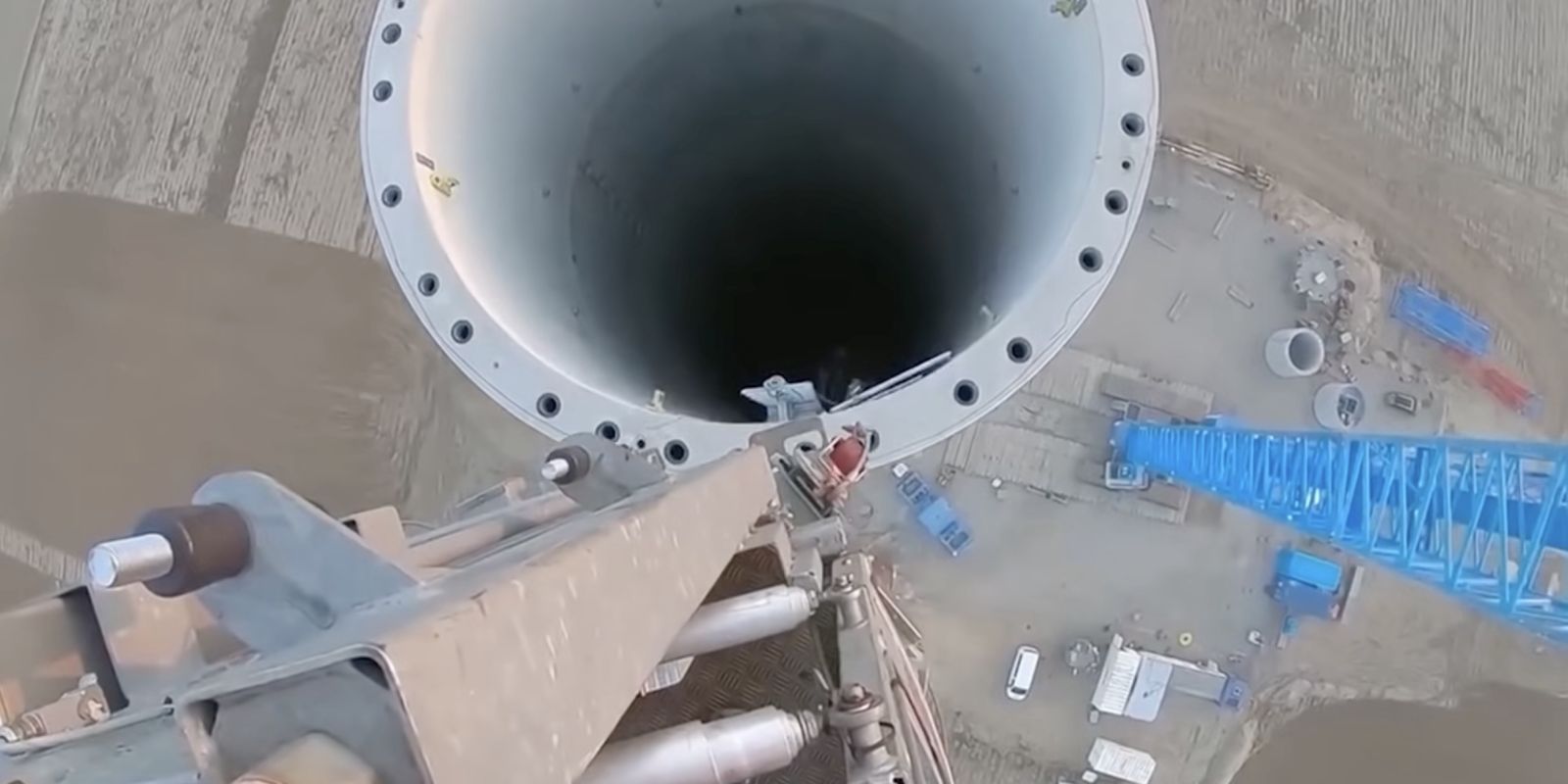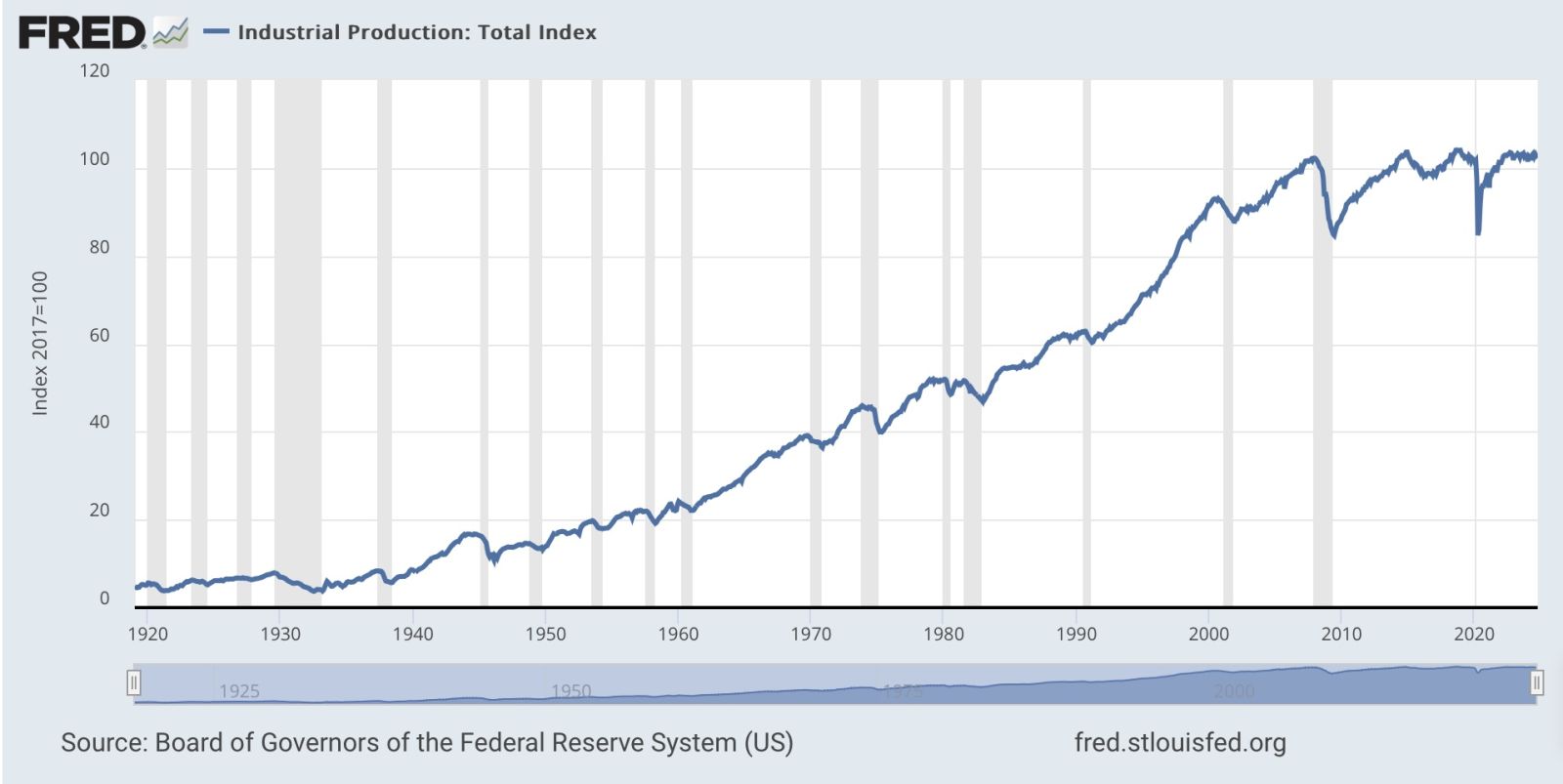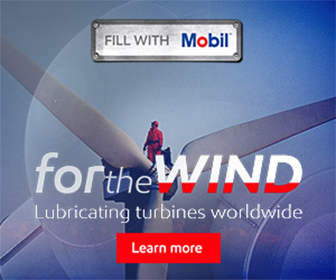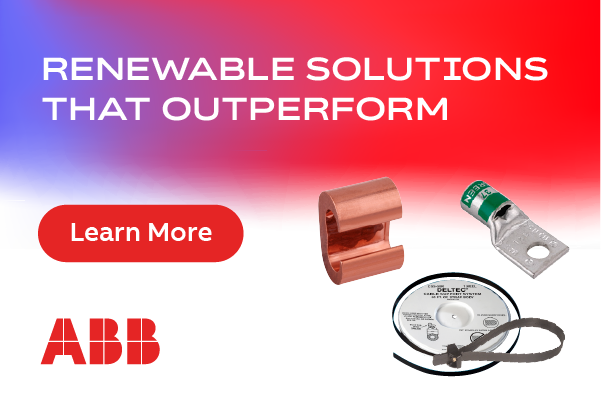Keeping it All Together: A demand for specialty fasteners
The diversity of applications requiring fasteners appear endless. Consider where you are seated or standing in this moment; the electronic devices, furniture, walls, windows, your entire home or work place. This diverse expanse includes but obviously is not limited to the depths of applications from high tensile critical fasteners mirroring a blue-collar workforce in agricultural, aerospace, automotive, energy, and mining; performing in symphony with a white-collar, low carbon non-critical screw featuring a painted head securing the light switch wall plate.

Fasteners are a commodity, through and through, from the basic existence of the metallic ore’s that embody the fasteners. The majority of jointing applications will benefit from a standard fastener, commonly expressed as an “off the shelf” fastener. It makes sense. Standard fasteners are versatile for numerous jointing applications, mass produced abundantly from global manufacturers, and accessible from billion-dollar distributors to the local corner hardware store. Standard fasteners attainability reduces production lead times for new equipment and maintenance on existing equipment, fortifying stability and cost-effectiveness in supply chains. Furthermore, the standard specifications regulating commodity fasteners dimensionally have rarely changed in several decades.
However, when the jointing application requires fastener dimensional or performance attributes beyond an “off the shelf” fastener, it produces the need for a non-standard or “specialty” fastener.
The context of this article will lean toward the blue-collar fastener for industrial equipment, coupled with widening the scope of “specialty” fasteners to include an “off the shelf” fastener, with some type of secondary process. Applications may warrant a required surface treatment, thread locking feature, drilled hole, or combination of characteristics diminishing the availability of purchase as a standard fastener. However, the dimensions, material, and mechanical properties may be of a standard fastener.
It can be argued that the primary design of the equipment or housing unit of the fastener application is rarely, if ever, designed around the fastener that secures it together. How it is secured is a by-product, with a primary focus on the tensile and yield strength requirements of the jointing application the fasteners must endure continuously or repeatedly without failure, aiding the equipment or housing unit to perform at its peak capability. Bearing surfaces, shear strength, and ductility requirements would be considered as well.
Without being the focus, impart due to fasteners low percentage of overall cost contribution to the build or assembly of the equipment or housing unit itself, how do fasteners adapt?
Dimensionally many applications require the fastener to be engineered and designed as a blueprint drawing with a specific drive type, head style, body, end point, thread length, or a combination of characteristics that would be more complex and critically unique to an application. For illustration, an application may require a low-profile head height for clearance issues or a higher head height for wrenching purposes, or surface roughness requirements on the body of the fastener or pin in a rotation or press fit application. The fastener may have drilling requirements of the core, drilling and tapping of the head, or thru holes of the fastener body for fluid flow; or thru holes in the head or threads for safety lock wire.
Material challenges may arise. Applications may require a combination of high strength, heat, wear, or corrosion resistant fastener. Nickel-based alloys, and several trade name alloys composed of these attributes, have the capability to be effective under these circumstances.
Surface treatment requirements to combat corrosive environments such as moisture or chemicals are often critical, along with (CoF) coefficient of friction for installation purposes. Vanity strikingly influences the fastener world, as exposed fasteners are obligated to be aesthetically appealing. Rarely do eager eyes envy a brand-new piece of equipment with rusted or lack luster fasteners, at times invoking the use of coating additives for (UV) ultraviolet light resistance for equipment used outdoors.
Vibration in an application may bring forth the use of a chemical adhesives or mechanical thread locking features applied to the fastener to prevent the loosening in application. Several pre-applied or applied on site tradename products are often practical in prevention.
Regulations of surrounding industries penetrate the materials, manufacturing, process control and capability, and documentation of fasteners as well; these include those by the American Petroleum Institute (API) for the oil and gas, Research Council on Structural Connections (RCSC) for the steel construction industry, Defense Federal Acquisition Regulation Supplement (DFARS) established in the US Government, Production Part Approval Process (PPAP) by the automotive industry, and First Article Inspection (FAI) by the aerospace industry.
Those are just a few of the regulatory organization that frame the seemingly limitless depths of diversity of individual applications, injecting constant fuel to the necessity for “specialty” fasteners.
What is the overall drive causing such specificity? The need to feed, house, cloth, transport, provide medical care, and energy for populations around the globe forces the continual strive to magnify production. It’s the idea of purposeful acceleration, endurance, and safety mindedness. Capital equipment’s duty, regardless of the industry being served, is to ceaselessly advance efficiency and precision to meet these burdens to production.
The strive for production creates innovation in technology; as this technology develops upgrades to new models and the engineering of new products, it is embraced by industry. Housed in the evolution of industry from manual, to mechanical, to power, to automation, to robotics, and to artificial intelligence, these transitions forge a path for high performance “specialty” fasteners.
Please reference the data chart from the Federal Reserve Economic Data (FRED), which illustrates how the USA Industrial Production Total Index has steadily increased nearly 98 indices points from just under 5 in 1919, to over 102 in 2023.
Exclusively spotlighting the energy transition from fossil fuels to clean energy roughly a few decades in, consider the acceleration of production in solar, wind, hydro, ocean, geothermal, biomass, and clean hydrogen. The birth of industrial equipment appropriated for research and development, exploration, extracting, manufacturing and power facilities, processing, storage and transportation generates an ecosystem spawning fastener applications fabricating a habitat for “specialty” fasteners.

https://fred.stlouisfed.org/series/INDPRO#0
The Federal Reserve's monthly index of industrial production and the related capacity indexes and capacity utilization rates cover manufacturing, mining, and electric and gas utilities. The industrial sector, together with construction, accounts for the bulk of the variation in national output over the course of the business cycle. The industrial detail provided by these measures helps illuminate structural developments in the economy. The industrial production (IP) index measures the real output of all relevant establishments located in the United States, regardless of their ownership, but not those located in U.S. territories. For more information, see the explanatory notes issued by the Board of Governors. For recent updates, see the announcements issued by the Board of Governors.
Frank Devito is the Managing Member of The Solution Group Holdings, LLC., a company focused on specialty fastener products and services to blueprint drawings and specifications servicing OEMs in the Agricultural, Energy, Heavy Truck, Industrial, Mining, and Transportation Industries.
The Solution Group Holdings, LLC | solutiongroupholdings.com
Author: Frank Devito
Volume: 2025 January/February









